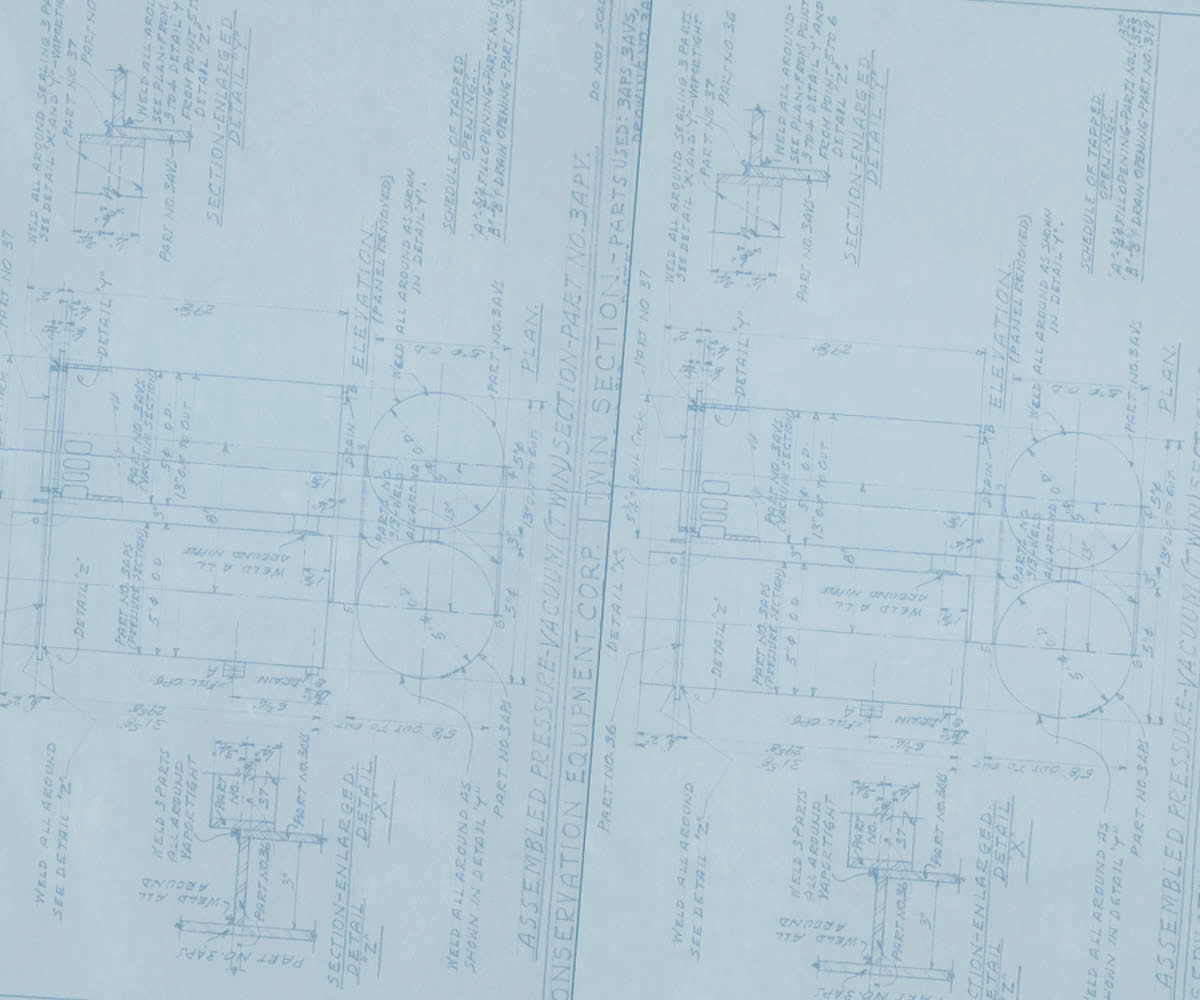Heat Transfer Material – Contaminant Removal System
Situation
A liquid, silicone-based heat-transfer material with unique properties and a wide temperature range is commonly used in process applications where temperature management under extreme conditions is critical. Since it has a wide temperature range(-150F – +500 F), the liquid has a variety of uses, but can be subject to a premature degradation in its effectiveness, and a shortened life-cycle, if the process and the condition of the fluid is not carefully monitored . Since the material is used in heat exchangers, there is steam present, which means moisture risk. If moisture from steam or another source enters the stream during maintenance, it will compromise the properties by the water freezing into pellets or slush. This material then blocks strainers and the system must be shut down for several days to eliminate the water. Of course, this is a costly proposition, possibly losing two to three days of production. In addition to the costly production “down-time”, the fluid itself is somewhat expensive (approximately $100 per 55 gallon drum). When used in large volume, extending the useful life of the fluid can save significant replacement costs.
Case Evaluation – Large, Multi-National Pharmaceutical Company
In 2003, Semler Industries collaborated with the pharmaceutical company on this issue to determine the most cost effective solution. Based on the results of discussions and planning, a side-stream or slip-stream designed filtration system was developed for the heat transfer material. The equipment continuously monitors the quality of the material as it passes by the sensors. If water passes the detectors in the heat-transfer material, the unit will send an alarm. Unique instrumentation was required. Semler Industries designed the overall functionality of the control system and then consulted with another supplier/partner to finalize the logic. In parallel, Semler Industries sifted through all of the options with various filtration possibilities and determined the most efficient water-removing candidate. The test cart demonstrated that less than 100ppm contaminant water was feasible with the filters selected.
In all, the Semler Industries equipment could absorb or prevent as little as three gallons of water from destroying the entire (high-volume) batch of heat transfer material.
In addition to eliminating the on-going shut-down and maintenance requirements that water caused in the system, much larger cost savings were realized through the prolonged life of the material. The customer no longer had to routinely pay to have a large batch of hazardous waste hauled away, and pay the high cost for a replacement batch of product.
Once installed, the system was put into “stand-by”, or the “fluid condition monitoring” mode of operation. A long period of time occurred before an alarm indicating significant and potentially damaging levels of water were present, and the Semler system quietly watched over the condition of the fluid, while going largely unnoticed. While many may have forgotten the system was even in place, eventually, when the sensors detected water and the alarm in the main process sounded, the Semler Industries Fluid Conditioning System was activated, and went about performing its primary function- to prevent a process shut-down, and the need for a complete fluid change out. The unit worked flawlessly. The performance of this equipment allowed the process line to continue operation and therefore kept profits flowing. A four-day shutdown of the system would cost one million dollars to resolve. This upfront and backend ROI/savings were the driving force and paid off.
Equipment Description
The equipment is provided as a skid, or full-frame device which is self-standing and designed in a compact-footprint for space reasons.
A process pump passes the fluid through a series of sensors and filters and then back to the return line of the loop system. Heat exchanger technology is used to keep the material within a workable range for optimal filtration and water removal.
The design, development and testing of this equipment took roughly 2 years to evolve, but has not experienced any issues since it was installed in 2006. An estimated 30-year life expectancy is possible with proper maintenance and filter changes.
International applications are also possible in the near future along with domestic locations.
Recommendations
Semler Industries recommends that any operation with a process that includes water-sensitive materials to consider evaluating this equipment and ROI for their application. Specific details will be adjusted for every application to make certain that the most effective, efficient and reliable operation is experienced.
References
- Joe Palm’s personal files at Semler Industries
- Semler Engineering notes June 25, 2003
- Snap Shots of the Syltherm Market, Semler Project File, August 23, 2004





